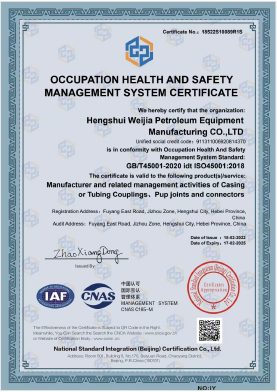- Afrikaans
- Albanian
- Amharic
- Arabic
- Armenian
- Azerbaijani
- Basque
- Belarusian
- Bengali
- Bosnian
- Bulgarian
- Catalan
- Cebuano
- Corsican
- Croatian
- Czech
- Danish
- Dutch
- English
- Esperanto
- Estonian
- Finnish
- French
- Frisian
- Galician
- Georgian
- German
- Greek
- Gujarati
- Haitian Creole
- hausa
- hawaiian
- Hebrew
- Hindi
- Miao
- Hungarian
- Icelandic
- igbo
- Indonesian
- irish
- Italian
- Japanese
- Javanese
- Kannada
- kazakh
- Khmer
- Rwandese
- Korean
- Kurdish
- Kyrgyz
- Lao
- Latin
- Latvian
- Lithuanian
- Luxembourgish
- Macedonian
- Malgashi
- Malay
- Malayalam
- Maltese
- Maori
- Marathi
- Mongolian
- Myanmar
- Nepali
- Norwegian
- Norwegian
- Occitan
- Pashto
- Persian
- Polish
- Portuguese
- Punjabi
- Romanian
- Russian
- Samoan
- Scottish Gaelic
- Serbian
- Sesotho
- Shona
- Sindhi
- Sinhala
- Slovak
- Slovenian
- Somali
- Spanish
- Sundanese
- Swahili
- Swedish
- Tagalog
- Tajik
- Tamil
- Tatar
- Telugu
- Thai
- Turkish
- Turkmen
- Ukrainian
- Urdu
- Uighur
- Uzbek
- Vietnamese
- Welsh
- Bantu
- Yiddish
- Yoruba
- Zulu
what is the difference between casing and tubing?
The Difference Between Casing and Tubing in Oil and Gas Operations
The Difference Between Casing and Tubing in Oil and Gas Operations
Casing is a series of steel pipes that are installed in the wellbore to provide structural integrity and prevent the surrounding formation from collapsing. After drilling a well to the desired depth, casing is cemented into place to create a stable pathway for oil or gas extraction. The cementing process also helps to isolate different geological formations, preventing the fluid from one layer from contaminating another. Casing comes in various sizes and grades, which are chosen based on the specific requirements of the well, including depth, pressure, and the nature of the surrounding rock formations. The main types of casing include surface casing, intermediate casing, and production casing, each designed for different phases of the drilling process.
what is the difference between casing and tubing?

Tubing, on the other hand, is a smaller diameter pipe installed inside the casing once the well is completed. Its primary function is to transport the hydrocarbons from the reservoir to the surface. Unlike casing, which is installed and cemented in place, tubing can be removed and replaced as needed to facilitate maintenance or address issues such as corrosion. Tubing also has specific design requirements, including wall thickness and material composition, to withstand high pressure and temperatures typically encountered during production.
The interaction between casing and tubing is vital for efficient well operations. While casing provides the necessary structural support and isolation within the wellbore, tubing is designed for production flow and must be able to handle fluctuating pressures and potential corrosive conditions. The selection of appropriate casing and tubing materials is critical; for instance, materials used for tubing can vary greatly depending on the specific fluid being extracted. If corrosive gases like hydrogen sulfide (H2S) or carbon dioxide (CO2) are present, special alloys or coatings may be required to protect the tubing from degradation over time.
In summary, while both casing and tubing are essential components of oil and gas wells, they fulfill different roles. Casing is primarily focused on maintaining the structural integrity of the well, while tubing is dedicated to the efficient extraction of hydrocarbons. Understanding these differences is essential for engineers and geologists as they design and implement well plans that optimize resource recovery and ensure safety throughout the production process. Proper installation and maintenance of both casings and tubing can greatly affect the productivity and longevity of a well, making their roles indispensable in the oil and gas industry.
-
Tubing Pup Joints: Essential Components for Oil and Gas OperationsNewsJul.10,2025
-
Pup Joints: Essential Components for Reliable Drilling OperationsNewsJul.10,2025
-
Pipe Couplings: Connecting Your World EfficientlyNewsJul.10,2025
-
Mastering Oilfield Operations with Quality Tubing and CasingNewsJul.10,2025
-
High-Quality Casing Couplings for Every NeedNewsJul.10,2025
-
Boost Your Drilling Efficiency with Premium Crossover Tools & Seating NipplesNewsJul.10,2025







